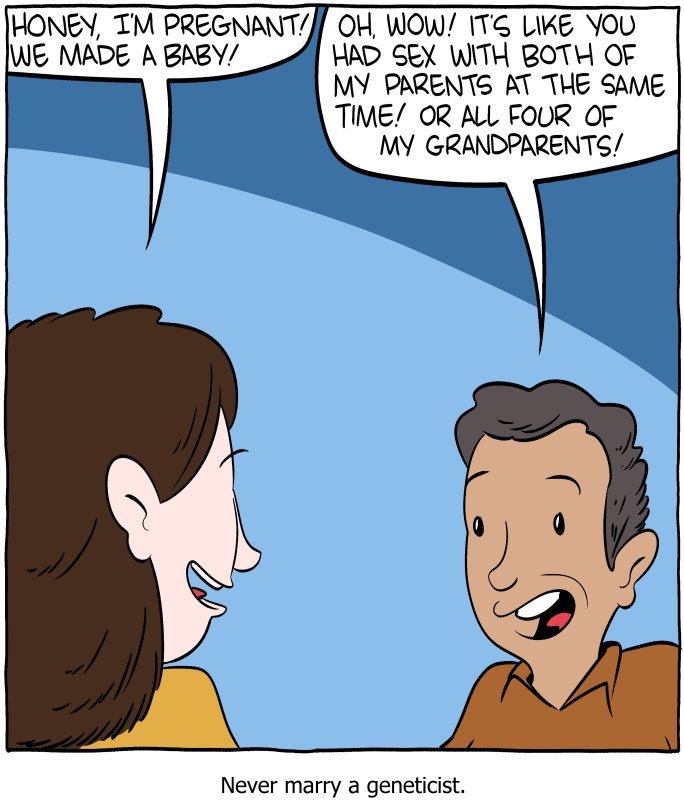
Click here to go see the bonus panel!
Hovertext:
Ironically, she's been cheating with his twin.
New comic!
Today's News:
Last full day to submit your proposal for BAH Houston!

Last full day to submit your proposal for BAH Houston!
Mathematicians have calculated pi out to more than 13 trillion decimal places, a calculation that took 208 days. NASA's Marc Rayman explains that in order to send out probes and slingshot them accurately throughout the solar system, NASA needs to use only 15 decimal places, or 3.141592653589793. How precise are calculations with that number? This precise:
The most distant spacecraft from Earth is Voyager 1. It is about 12.5 billion miles away. Let's say we have a circle with a radius of exactly that size (or 25 billion miles in diameter) and we want to calculate the circumference, which is pi times the radius times 2. Using pi rounded to the 15th decimal, as I gave above, that comes out to a little more than 78 billion miles. We don't need to be concerned here with exactly what the value is (you can multiply it out if you like) but rather what the error in the value is by not using more digits of pi. In other words, by cutting pi off at the 15th decimal point, we would calculate a circumference for that circle that is very slightly off. It turns out that our calculated circumference of the 25 billion mile diameter circle would be wrong by 1.5 inches. Think about that. We have a circle more than 78 billion miles around, and our calculation of that distance would be off by perhaps less than the length of your little finger.
When was humanity's calculation of pi accurate enough for NASA? In 1424, Persian astronomer and mathematician Jamshid al-Kashi calculated pi to 17 digits.
Tags: Jamshid al-Kashi Marc Rayman mathematics NASA science